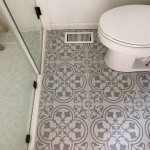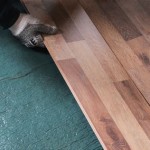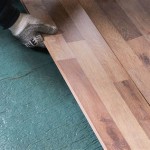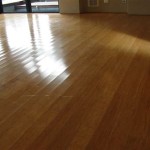Should You Waterproof Bathroom Subfloor?
When it comes to bathroom remodeling, waterproofing the subfloor is an important consideration to ensure the longevity and integrity of your bathroom. Water damage can lead to various problems, including mold growth, structural damage, and costly repairs.
In this article, we will explore the essential aspects of waterproofing bathroom subfloors, including the benefits, materials to use, and the step-by-step process involved. By understanding these aspects, you can make an informed decision on whether waterproofing your bathroom subfloor is the right choice for you.
Benefits of Waterproofing Bathroom Subfloor
Waterproofing the bathroom subfloor offers numerous benefits, including:
- Prevents water damage: Waterproofing creates a barrier that prevents water from seeping into the subfloor, protecting it from moisture and potential damage.
- Prevents mold growth: Mold thrives in moist environments. Waterproofing helps prevent mold growth by reducing the availability of moisture.
- Protects structural integrity: Water damage can weaken the subfloor, leading to structural problems. Waterproofing safeguards the subfloor, ensuring its stability.
Materials for Waterproofing Bathroom Subfloor
Various materials can be used for waterproofing bathroom subfloors, including:
- Sheet membrane: A waterproof membrane made from rubber or plastic that is installed over the subfloor and sealed at the seams.
- Liquid membrane: A liquid applied over the subfloor that dries to form a waterproof barrier.
- Cementitious waterproofing: A cement-based product applied to the subfloor, creating a waterproof coating.
Step-by-Step Process for Waterproofing Bathroom Subfloor
Waterproofing a bathroom subfloor typically involves the following steps:
- Prepare the subfloor: Clean and dry the subfloor thoroughly. Remove any debris or obstacles.
- Apply primer: Apply a primer to the subfloor to enhance the adhesion of the waterproofing material.
- Install the waterproofing material: Depending on the chosen material, follow the manufacturer's instructions for installation.
- Seal the seams: Use waterproof tape or sealant to seal the seams and corners of the waterproofing material.
- Test for leaks: Perform a water test to ensure there are no leaks in the waterproofing system.
Conclusion
Waterproofing the bathroom subfloor is a crucial step in protecting your bathroom from moisture damage. By understanding the benefits, materials, and process involved, you can make an informed decision on whether waterproofing is right for your bathroom. By investing in proper waterproofing, you can ensure the longevity and integrity of your bathroom while avoiding costly repairs and potential health hazards.

Waterproofing Under Tile Things You Should Know
Bathroom Floor Waterproofing Options And Repairs Ceramic Tile Advice Forums John Bridge

How To Waterproof A Bathroom Floor Using Schluter Ditra Underlayment Over Wood Subfloor
How To Waterproof A Bathroom Floor Using Schluter Ditra Underlayment Over Wood Subfloor

Waterproofing Microcement Within A Bathroom Wetroom Poured Resin And Concrete Flooring
Preparing The Bathroom Floor For Tiling Blog Homeandawaywithlisa

How To Make Your Bathroom Watertight Guide It Right
I M Rehabbing My Bathroom Should Use Redgard On The Floor As Well Shower Walls For Waterproofing Quora

How To Waterproofing Your Bathroom In 10 Steps Easy Drain

How To Make Your Bathroom Watertight Guide It Right
See Also







